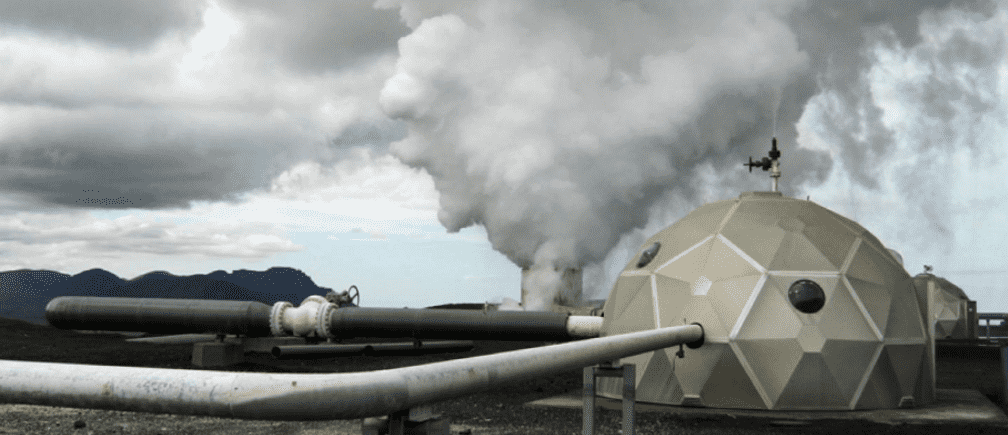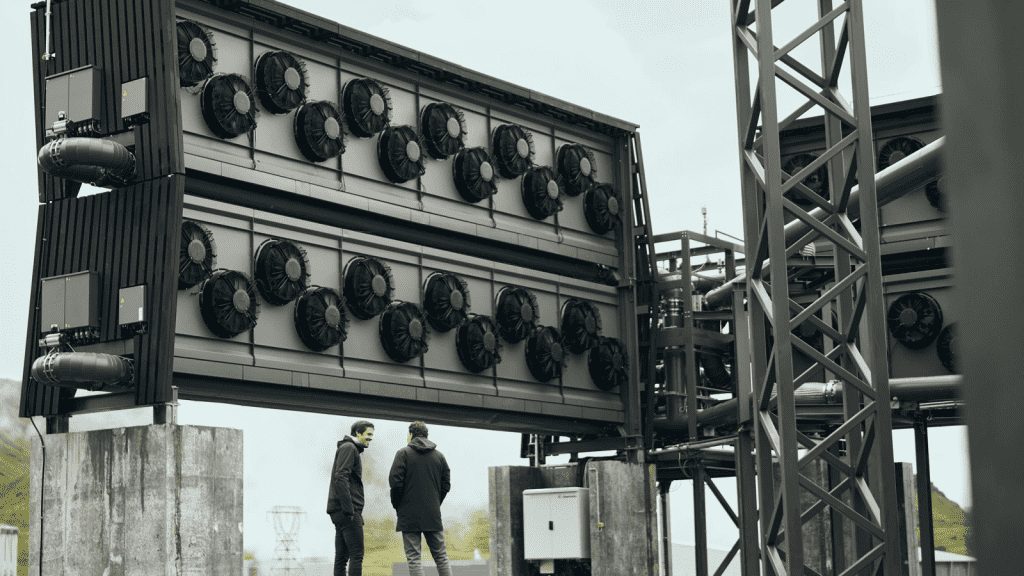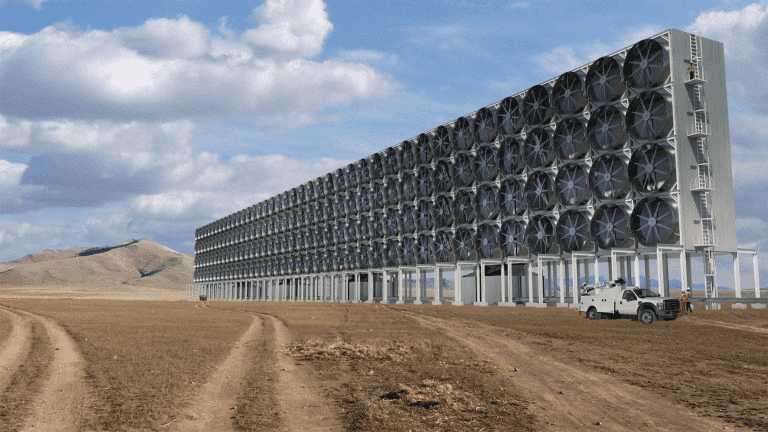Direct air capture is one of the most feasible methods to reduce the proportion of carbon dioxide in the atmosphere. Companies and start-ups are thriving to play their part in building a sustainable environment for us and for future generations, but “Swiss outfit Climeworks” has done a commendable job in driving out carbon from the atmosphere. It has been reported that Climeworks has unveiled its second direct air capture plant in Iceland and aspires to reach megaton scale removal by 2030 and to the gigaton scale by 2050.

Its first “negative emission” power plant, which was based on the same principle, came into being in 2017 via a collaboration with “CarbFix”, which is a carbon storage company. However, CarbFix, in 2016, came up with a mind-blowing idea on how to mineralize carbon dioxide in just two years. Ancient technology took about a hundred or even a thousand years to complete this process, but CarbFix has revolutionized this sector. Now, Climeworks has set out on the same mission, which would first draw carbon dioxide from the air and then store it underground using CarbFix technology.

This second plant of Climeworks is based in Iceland and is named “Orca”. It has a capacity of about 36,000 tons to induct carbon dioxide from the atmosphere every year. The plant will be constructed in about 16 to 24 months and the processing of direct air capture along with the CarbFix storage system will be run on renewable energy. However, the first plant made by the Climeworks was capable of soaking up at least 12.5 tons of carbon dioxide every three months.
The co-founder and co-CEO of Climeworks, Jan Wurzbacher, said, “Today is a very important day for Climeworks and for the industry as construction begins on our newest, large-scale direct air capture and storage plant. With Mammoth, we can leverage our ability to quickly multiply our modular technology and significantly scale our operations. We are building the foundation for a climate-relevant gigaton-scale capacity, and we are starting deployment now to remain on track for this. “

According to estimates, human beings emit around 30 billion tonnes of carbon dioxide into the air every year, so it is very necessary to mitigate this huge amount if we want to live in a healthy and green environment. Otherwise, it would be very difficult for the coming generations to breathe in the fresh air and would have disastrous impacts. So, the construction of such plants is the need of the hour and an important step towards a greener future.
Christoph Gebald, who is also the co-founder and co-CEO of Climeworks, stated, “Based on most successful scale-up curves, reaching a gigaton by 2050 means delivering at a multi-megaton scale by 2030. Nobody has ever built what we are building in DAC, and we are both humble and realistic that the most certain way to be successful is to run the technology in the real world as fast as possible. Our fast deployment cycles will enable us to have the most robust operations at a multi-megaton scale. “


